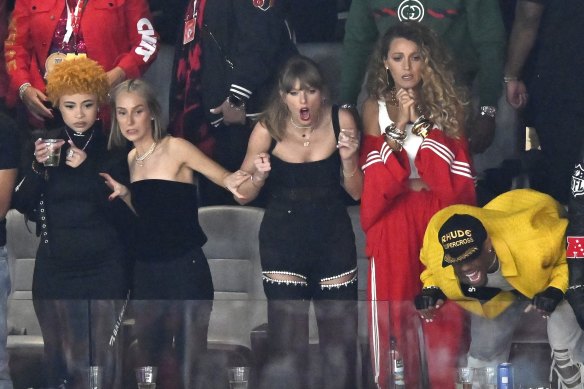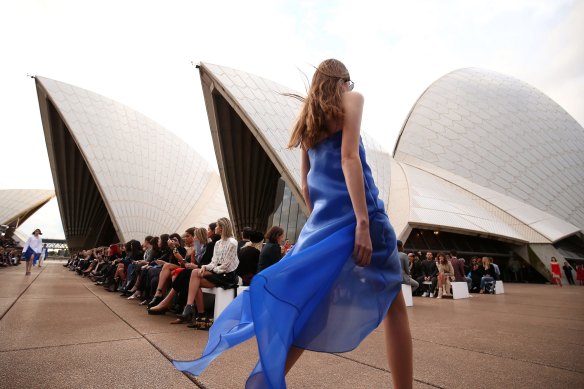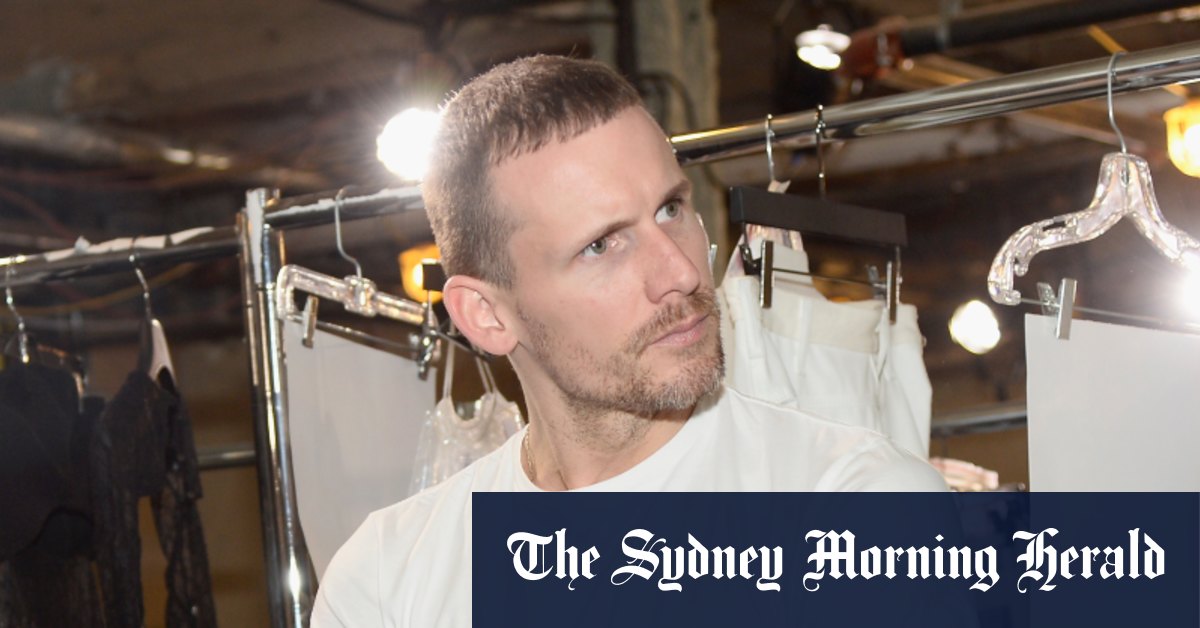The news
Designer label Dion Lee will exit the Australian fashion scene after the troubled company failed to find a buyer.
At a creditors’ meeting on Thursday, administrator Antony Resnick, of dVT Group, recommended the 15-year-old company be wound up after a buyer failed to emerge from a three-month voluntary administration process.
“While there had been interest from potential buyers of the brand, no acceptable offer was as yet forthcoming,” said a statement from administrators.
In its most recent report, which was circulated to creditors before Thursday’s meeting, administrators had recommended the wind-up order. This was despite the brand logging sales of more than $3 million and 20,000 garments since administrators were appointed.
Dion Lee’s show at 2019 New York Fashion Week.
Since the administration began, the brand has been running a clearance sale with prices as low as 80 per cent off original retail. Since May 22, the brand has made $3.2 million in sales, but it’s understood most of this is at a substantially lower profit margin than when the business was in good health.
There’s still a lot of stock floating around: the administrators are holding 15,000 items of clothing, which doesn’t include the “pre-fall 2024” stock that’s being held in factories dotted all around the world, including Portugal, France and China.
How we got here
On May 22, Dion Lee appointed administrators after the Cue Clothing Co reportedly withdrew its investment from the company, reportedly worth $20 million. Its other major creditor is the Commonwealth Bank.
In June, there were reports that an interested buyer was circling, and had submitted a letter of intent, however, based on the second creditors’ report and the wind-up order, no buyer eventuated.
According to industry sources not connected to either Dion Lee or Cue, who spoke on condition of anonymity as they had previously had business dealings with both, said the main issues contributing to the brand’s shrinking profits included a downturn in demand for the garments, and problems with store sites in New York and Miami.
Why it matters
Dion Lee is hardly the first Australian label to falter since the end of the pandemic, but it could well be the highest profile. In February, Taylor Swift wore one of his corsets to the Super Bowl, and the brand’s roll call of celebrities also includes Kylie Minogue, Gigi Hadid and Dua Lipa, as well as local names including Nadia Bartel and Lana Wilkinson.
At its peak, Dion Lee was crowned as one of the young kings of the Australian fashion scene, alongside names such as Zimmermann, Toni Maticevski, Christopher Esber and Camilla and Marc. His aesthetic often earned him comparisons to Lee McQueen, the designer who founded Alexander McQueen and who died in 2010.

Taylor Swift (centre) wearing a corset by Australian designer Dion Lee at the Super Bowl on February 11, 2024.Credit: David Becker/AP
Industry veteran and former Harper’s Bazaar editor Kellie Hush said the latest news would send further shockwaves through the industry.
“It’s a very sad day for Australian fashion,” Hush said. “Dion has … a very unique aesthetic, he’s one of the few brands who’s taken Australian fashion globally and played on a global fashion field legitimately. It just goes to show how difficult it is to make independent fashion work when you aren’t trying to create a mass brand and really try to cater to a distinct audience.
“Unfortunately, we are in an industry that is about mass production, copying and no independent design. So it’s very sad.”
Key players
What they said
In May, Rod Levis told The Australian Financial Review the company had no choice but to pull its investment: “It was not making the profits it needed to make. It’s been difficult to manage both businesses for many years,” Levis said. Still, he told the masthead that Lee had a “huge future. Given his talent and ability, he needs a lot more finance behind his brand.”
Lee has not publicly commented since the administration and could not be reached for comment on Thursday.

Dion Lee has shown his collection at the Sydney Opera House four times, most recently in 2017.Credit: Brendon Thorne
What’s next
While the company will be wound up, its stores will likely keep trading “at least” until late September, and online until at least November.
An unnamed external consultant has been engaged to help the administrators calculate how much stock there is around the world and whether it’s worth moving it back to Australia to sell.







